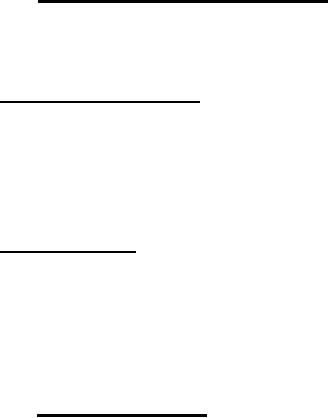 |
|||
|
|
|||
| ||||||||||
|
|  MIL-E-23457B(SHIPS)
150F shall be sprayed into the tank prior to, during, and after the explosion. The explo-
sive media shall-be-propane or natural gas and air at as near a stiochiometric mixture as
required to produce explosive gage pressure of at least 80 lb/in2 if the mixture at atmos-
pheric pressure were ignited in the test tank, sealed and not relieved or vented (a mixture
of 22 percent natural and 78 percent air has proven satisfactory) . Immediately after the
explosion, the ignition system shall remain operational and the tank slowly purged with
fresh air so that a condition is created for a possible secondary explosion.
4.4.2.12.1 Explsion relief valve test procedure. The valve shall be subjected to
#
three successive test explosions under the conditions specified in 4.4.2.12. Two of these
shall be photographed with the room dark to detect any egress of flame or burning oil. The
third explosion shall be photographed with proper photogenic lighting. After each explosion
the valve shall be examined for compliance with 3.7.5.5. Photographs, instrumentation
readings, and description of visual examination shall be included as part of the final
report (see 4.4.5) .
4.4.3 First article test report. The supplier shall prepare a first article test
report in accordance with the data ordering document included in the contract or order
(see 6.2.2) and as specified in 4.4.3.1 through 4.4.3.3.
4.4.3.1 Temperature and pressure readings necessary for complete evaluation of the
#
engine performance including ambient room temperature, barometric pressure, and relative
humidity shall be entered on the test sheets. Fuel consumption in pounds-per-hour (lb/hr)
shall be entered for all runs of a duration for engine conditions to become stabilized.
Additions of lubricating oil and oil changes shall be recorded. Readings of instruments
shall be recorded at intervals not exceeding 1 hour. When a phase of a test is of such
short duration that operating temperatures cannot be stabilized, no reading is required.
4.4.3.2 Fuel consumption. The recorded data shall be submitted in tabular form, and
#
in the form of curves as follows:
Specific fuel consumption in lb/hr, exhaust gas temperature, injection pump
(a)
rack position (if practical), and air box pressure versus bhp. Data shall
include all speeds and loads specified in 4.4.2.2.
(b) Fuel consumption at no-load in lb/hr versus speed.
(c) With bhp as the ordinate and r/rein as the abscissa, draw lines of constant
bmep, and super impose curves of constant fuel consumption.
(d) TO determine the control of the load limiter (when applicable) on engine
output, a curve of maximum bhp or bmep versus r/rein for the operating
range of the engine shall be furnished.
4.4.3.3 Spectrometric analysis. The following information/data shall be provided:
List of oil wetted wearing parts and corresponding wear metal elements.
(a)
Recommended limits in p/m of the wear elements/metals listed in (a). It is
(b)
the intent to use these values as a basis to segregate normal from abnormal
operating machinery.
(c) Tabulation of the analysis data recorded in accordance with 4.4.2.2.4.2.
Tabulation shall include such related and pertinent data as chemical and
physical characteristics of the lubricating oil used during the test,
initial quantity of oil in the system, hours of operation from start of
test at which oil was added/changed, and applicable quantity of oil added/
changed.
4.4.4 Post first article examination. After completion of all tests, the engine shall
#
be disassembled and examined. After the crankshaft deflection has been measured and recorded,
all cylinders shall be opened, pistons pulled, and the cylinder bores, pistons, piston rings,
wrist pins, and crankpin bearings examined for defects and measured for wear. Gear train
covers and all crankcase covers shall be removed for examination of internal parts. The
engine shall be barred over during examination to determine extent of backlash in gear
trains. The reverse-reduction gear, if furnished, shall be examined and measured for wear.
Mating surfaces of gears and all bearings shall be checked for distress such as pitting and
galling. Excessive wear, broken or damaged parts, scored cylinders, burned valves, or signs
of severe stress or excessive wear shall be cause for rejection of the unit. Excessive
wear is defined as wear in excess of the engine manufacturer's published wear limit for the
particular part. The post first article examination of the engine will include examination
of cavitation erosion damage to liner and cylinder block surfaces in contact with engine
cooling water. If the examination does indicate some cavitation erosion effects or damage
to these liner and cylinder block surfaces in contact with engine cooling water, it will be
necessary for NAVSEC to evaluate the condition of these surfaces, considering all available
27
|
|
Privacy Statement - Press Release - Copyright Information. - Contact Us |